Cookware plays a vital role in our everyday cooking routine, and the safety of the materials used in its construction is of utmost importance.
Granite cookware has gained significant popularity in recent years due to its attractive appearance and purported durability. However, there are ongoing debates and concerns about the safety of granite cookware.
In this article, we will explore the topic in detail and provide an informed perspective on whether granite cookware is safe for use in the kitchen.
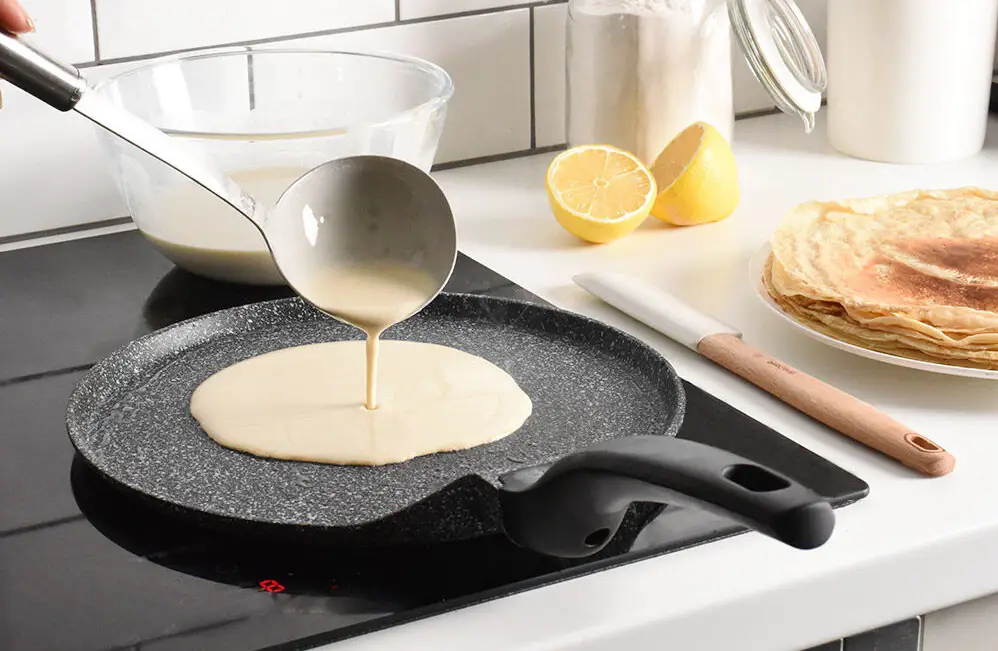
Granite cookware
Granite cookware refers to a type of kitchenware that mimics the appearance of granite stone. While it may sound like a natural rock, it is important to note that granite cookware is not made of real granite stone.
Instead, it is typically constructed using materials such as aluminum or stainless steel, which serve as the core or base of the cookware. The exterior of granite cookware is often coated with a layer of vitreous enamel or ceramic, designed to replicate the textured and speckled look of granite stone.
Vitreous enamel granite cookware coating not only enhances the visual appeal of the cookware but also provides an additional layer of protection and durability. Many users are concerned with a question: is granite cookware safe? One of the primary concerns associated with cookware is the potential leaching of metals into food during the cooking process.
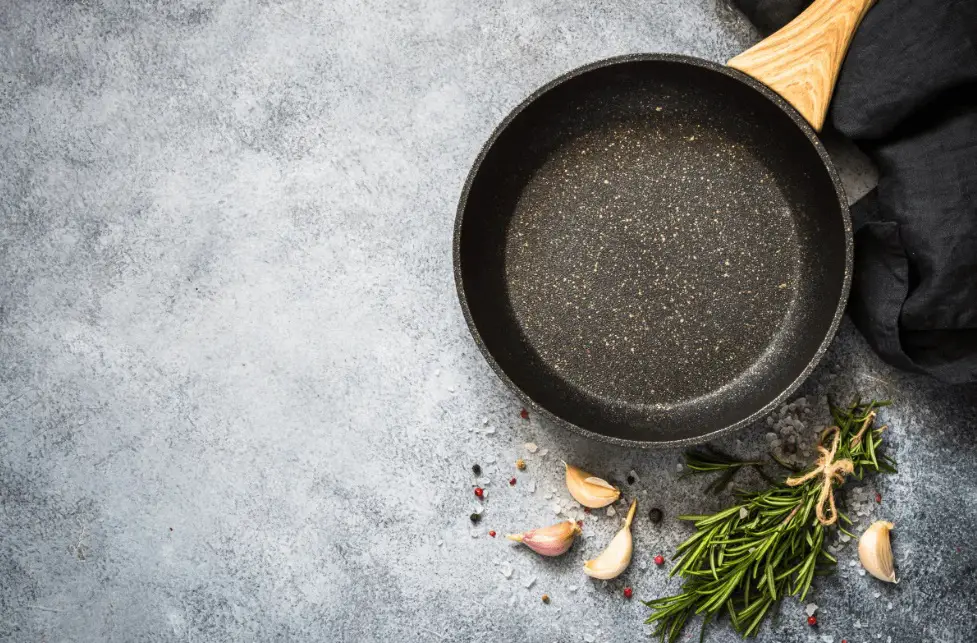
Metals such as aluminum, iron, and stainless steel are commonly used in the construction of cookware.
The presence of these metals raises questions about their ability to get into food and the health implications they may pose. Many studies have investigated the release of metals from various types of cookware.
The findings indicate that when properly manufactured and used according to instructions, granite cookware does not pose significant health risks in terms of metal leaching. The ceramic or porcelain coating acts as a protective boundary between the food and the metal core, preventing direct contact and minimizing the potential transfer of metals.
Moreover, the non-stick coating used in granite pots and pans, typically ceramic or porcelain enamel, further enhances its safety profile. Unlike widespread nonstick coatings, such as Teflon, which contain polytetrafluoroethylene (PTFE).

It can release toxic fumes at high temperatures, ceramic cookware is considered PTFE-free and does not produce harmful gases when heated. In terms of the release of chemicals, studies have shown that ceramic cookware does not exhibit significant chemical migration during typical cooking conditions.
The ceramic coating remains stable and inert, maintaining its non-stick properties without leaching harmful chemicals into the food. It is worth noting that the safety of granite pots and pans depends on the quality and manufacturing processes employed by granite cookware brands and manufacturers.
Poorly manufactured cookware may have inferior coatings that could chip or peel, potentially exposing the underlying metal and compromising the safety of the cookware. Therefore, it is advisable to choose reputable brands known for their commitment to the quality of materials when selecting granite cookware.
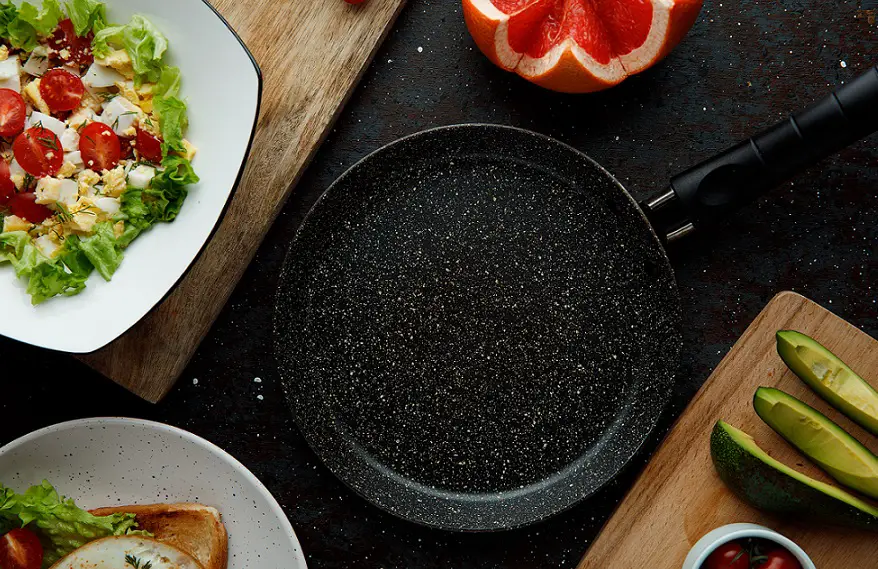
Maintenance guidelines
Proper upkeep and care are vital to extend the lifespan and guarantee the optimal performance of your granite pots and pans. By keeping up with the following guidelines, you can keep your kitchenware in excellent condition and use it for a long time.
Here are some key tips:
- Read the manufacturer’s instructions. Start by familiarizing yourself with the specific maintenance recommendations provided by the manufacturer. Different brands may have slight variations in their care instructions, so it’s important to follow their guidelines. This recommendation can be applied to all pots and pans in your kitchen, from stainless steel cookware to enameled cast iron.
- Avoid overheating. Avoid exposing your granite cookware to excessive heat. High temperatures can damage the non-stick coating and affect its performance. Use medium to low-heat settings during cooking, and avoid preheating an empty pan for an extended period.
- Use compatible utensils. To prevent scraping or damaging the non-stick surface, cook with wood, silicone, or plastic utensils. Metal utensils can potentially scrape the cover layer, leading to diminished non-stick capabilities.
- Clean carefully. After each use, allow the cookware to cool down before cleaning. Use a soft sponge or cloth and mild dish soap to wash the cookware. Avoid using abrasive cleaners or scouring pads that can scratch or ruin the non-stick coating. Refrain from using harsh cleaning chemicals, oven cleaners, or bleach on your granite cookware. These substances can deteriorate the non-stick coating and affect its performance.
- Hand-wash. Even though some granite cookware is dishwasher-friendly, hand washing is generally recommended. Gentle hand washing helps maintain the integrity of the non-stick coating and blocks any potential damage caused by harsh dishwasher detergents or high water temperatures.
- Dry thoroughly. After washing, ensure the cookware is completely dry before storing it. Moisture trapped in the cookware can promote the growth of bacteria or cause corrosion over time.
- Store properly. To prevent scratching or chipping, stack or store your granite cookware carefully. If you need to stack the cookware, place a soft cloth or a paper towel between each piece to provide a protective barrier.
- Regularly inspect the coating. Periodically inspect your granite cookware for any signs of chipping, peeling, or wear. If you notice significant damage to the nonstick coating, consider replacing the cookware to maintain optimal safety and performance.
By adopting these maintenance guidelines, you can make sure that your granite cookware remains in an excellent state and continues to supply a reliable non-stick layer.
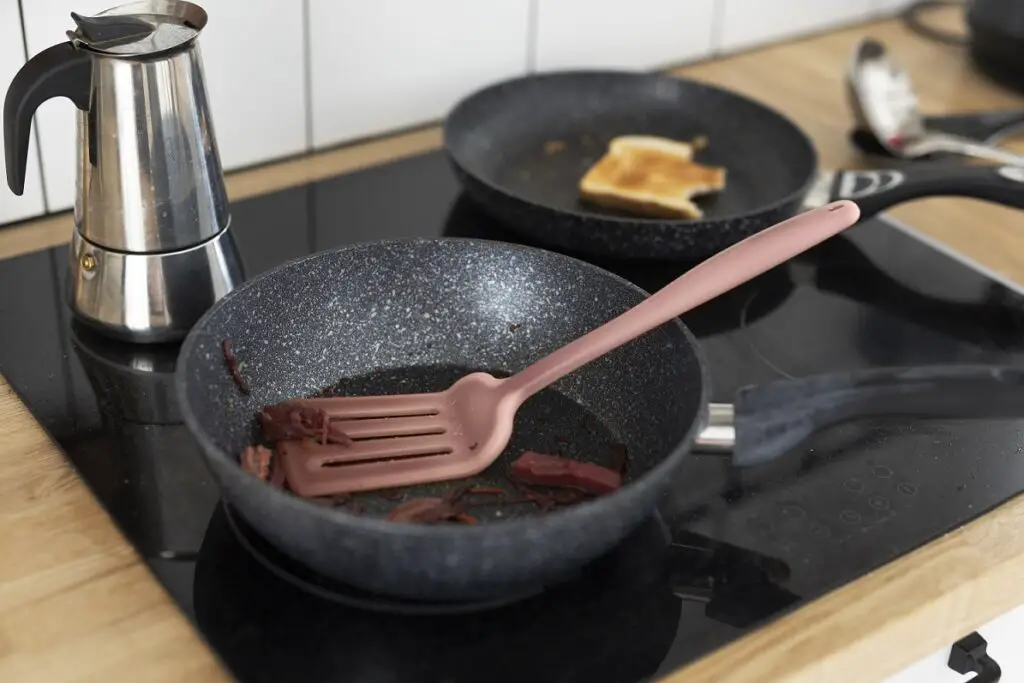
Remember, proper upkeep and maintenance play a crucial role in the longevity and safety of your cookware investment.
Pros of granite over other types of cookware
Granite cookware provides many advantages that set it apart from other types of cookware options available in the market. Here are some key advantages of good quality granite cookware:
- Nonstick cooking surface
One of the primary advantages of granite cookware is its non-stick cooking surface. The porcelain or ceramic-coated cookware provides excellent non-stick properties, allowing for easy food release and reducing the need for excessive oil or fat during cooking.
This feature makes it a healthier option for those looking to reduce their oil consumption and prepare lower-fat meals.
- Safety
Granite cookware, particularly those with ceramic coatings, is considered safer compared to traditional cookware with Teflon coatings.
Ceramic cookware is generally free of polytetrafluoroethylene (PTFE) and perfluorooctanoic acid (PFOA), which can release toxic fumes when exposed to high temperatures. By eliminating these chemicals, granite cookware offers a safer cooking experience.
- Even heat distribution
Another advantage of granite cookware is its ability to distribute heat evenly. The aluminum, stainless, or carbon steel core used in its construction ensures efficient heat conductivity, minimizing hot spots and providing consistent cooking results.
This feature is especially important when preparing delicate dishes that require precise temperature control.
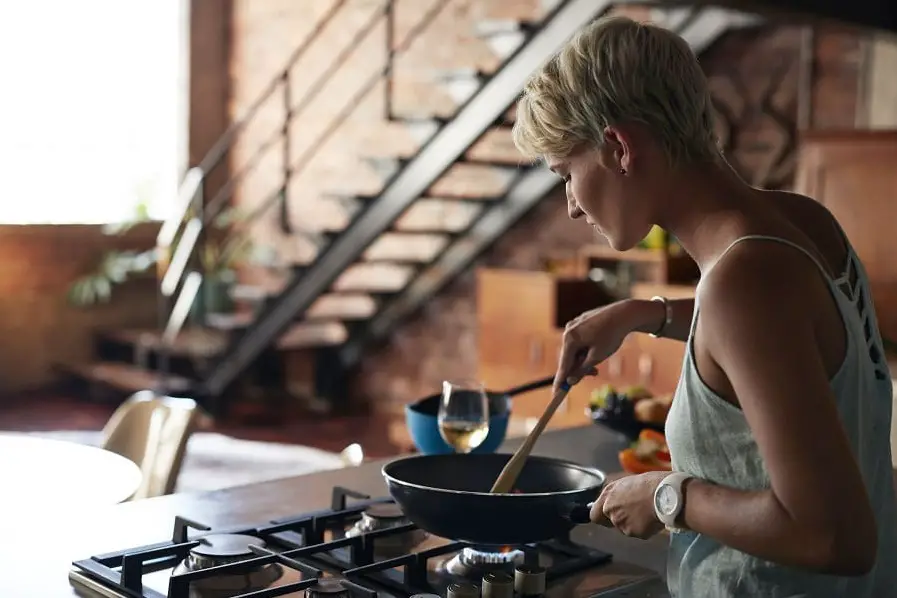
- Durability
Granite stone cookware is known for its durability. The ceramic or porcelain enamel coating not only provides a non-stick surface but also enhances the cookware’s resistance to scratching, chipping, and staining.
It is still advisable to use wooden or silicone utensils to preserve the integrity of the coating.
- Versatility
Granite cookware is highly versatile and can be used for a wide range of cooking methods.
Whether you’re sautéing, frying, simmering, or baking, healthy granite cookware can handle various cooking techniques. Its versatility makes it a valuable addition to any kitchen.
- Aesthetics
Granite cookware offers an aesthetically pleasing appearance. The textured and speckled look of the granite-like coating adds a touch of elegance to your kitchen and dining table.
It can be a visually appealing option for those who value both style and functionality in their cookware.
- Ease of cleaning
Cleaning granite cookware is generally straightforward. The non-stick surface reduces the likelihood of food sticking to the cookware, making it easier to clean by hand or in the dishwasher.
However, hand washing is typically recommended to maintain the longevity of the non-stick coating.
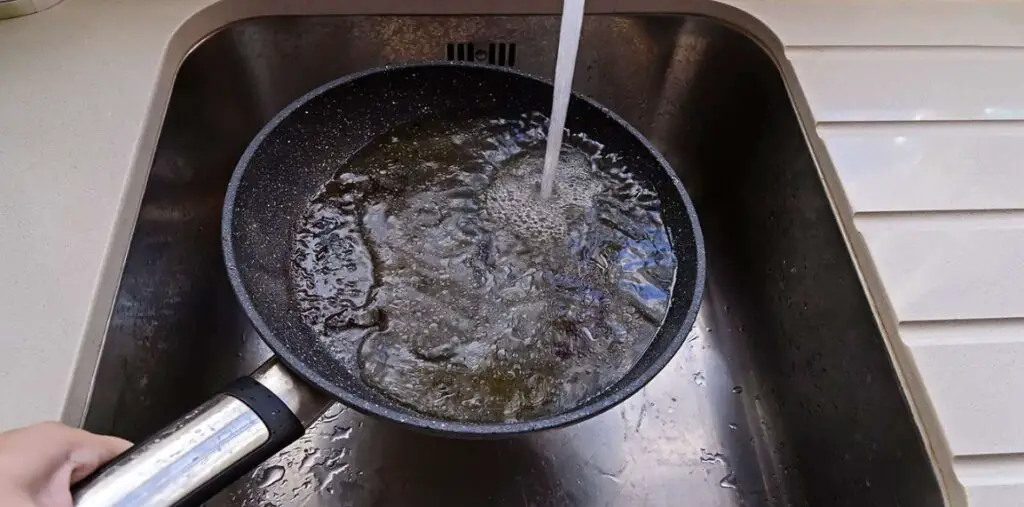
- Retains heat
Granite cookware has excellent heat retention properties. Once heated, it can retain heat for a longer period, allowing for consistent and efficient cooking.
This feature is particularly advantageous when serving dishes at the table, as the cookware can help keep the food warm for a more extended period.
- Wide range of sizes and styles
Granite stone cookware is available in a wide range of sizes and styles, including pots, pans, griddles, and more. This variety allows you to choose the cookware pieces that best suit your cooking needs and preferences.
- Environmentally friendly
Compared to certain non-stick coatings that may contain potentially harmful chemicals, granite cookware with ceramic or porcelain enamel coatings is considered more environmentally friendly.
The absence of PTFE and PFOA eliminates the risk of these substances entering the environment during the manufacturing process or when disposed of.
Cons of granite over other types of cookware
While granite cookware offers numerous advantages, it is important to consider some potential disadvantages associated with its use. Here are a few disadvantages of granite stone cookware:
- Fragility
Despite its durable construction, the ceramic or porcelain enamel coating on granite cookware can be prone to chipping or cracking if mishandled or subjected to sudden temperature changes.
Dropping the cookware or accidentally hitting it against hard surfaces can result in damage, compromising its performance and safety.
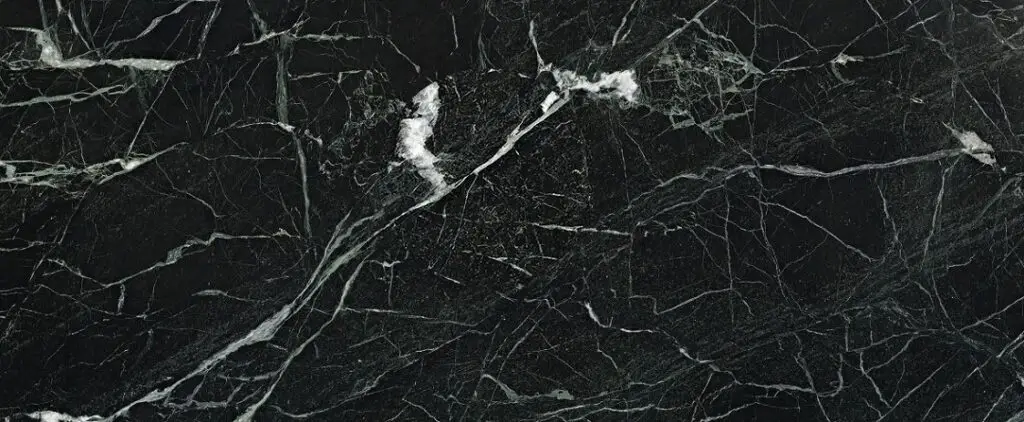
- Limited metal utensil use
While granite cookware is generally more tolerant of metal utensils compared to traditional nonstick coatings, it is still recommended to use wooden or silicone utensils to avoid scratching or damaging the non-stick surface.
Excessive use of metal cookware accessories can degrade the coating over time, reducing its effectiveness and potentially exposing the underlying metal.
- Higher cost
Granite cookware often comes at a higher price point compared to other types of cookware.
The quality of materials and manufacturing processes involved in producing granite cookware contribute to its higher cost.
If budget is a concern, alternative cookware options may be more financially accessible.
- Weight
Granite cookware can be relatively heavy due to the materials used in its cores.
This weight may make it more challenging to handle, especially for individuals with limited strength or mobility.
It is important to consider your comfort and ability to lift and maneuver heavier cookware pieces.
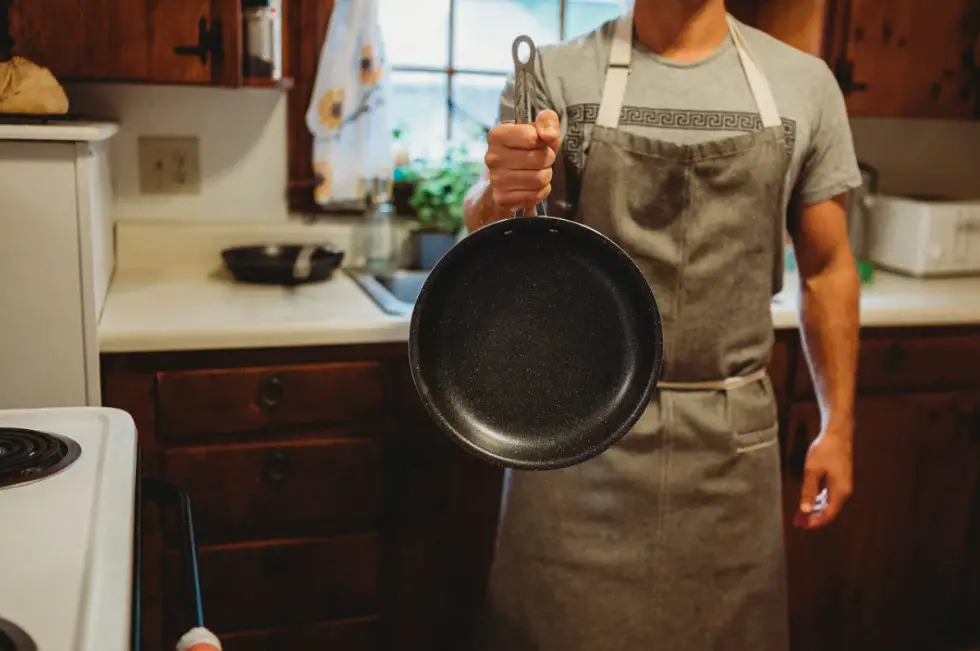
- Limited color options
While the speckled granite-like appearance of the cookware can be visually appealing to many, the color options for granite cookware may be limited compared to other types of cookware.
If color customization is a significant factor for you, alternative cookware options may offer a broader range of choices.
- Not induction-compatible (in some cases)
While some granite cookware is compatible with induction cooktops, not all types or brands are designed for induction cooking.
If you have an induction cooktop, it is essential to ensure that the granite cookware you choose explicitly states its compatibility with induction heat sources.
- Requires careful cleaning
While granite pans are generally easy to clean, the nonstick coating requires proper care to maintain its performance and longevity. Harsh cleaning chemicals, abrasive scrubbers, or dishwasher usage can degrade the nonstick coating over time, affecting its nonstick properties.
It is important to weigh these potential disadvantages against the benefits and personal preferences when considering granite cookware.
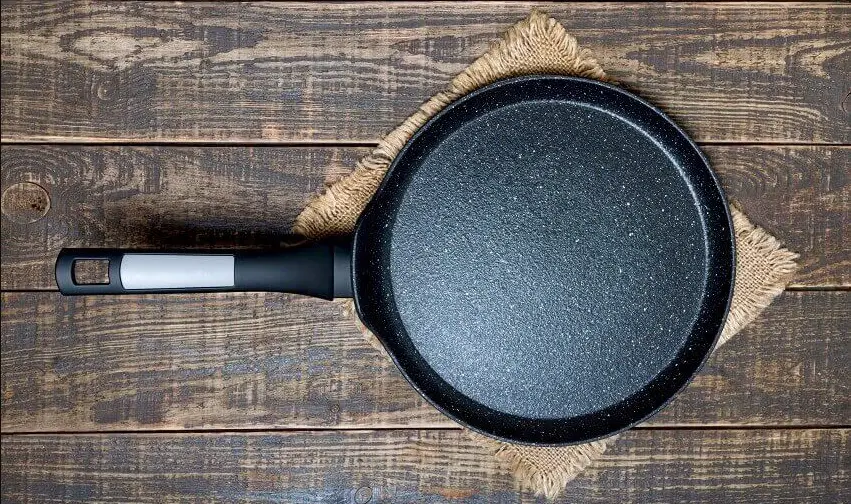
By understanding these factors, you can make an informed decision and select cookware that aligns with your cooking style, needs, and budget.
Is granite cookware safe to use? Can you use a wok on a glass-top stove? We have more articles on our website: recipes, guides and more, so please make sure to click on the link or use a search to find other posts!
FAQ
Are granite-coated cookware safe?
When manufactured and used correctly, granite-coated cookware is considered safe for use.
The ceramic or porcelain enamel coating provides a non-stick cookware option, reduces metal exposure, and does not contain harmful chemicals like PTFE or PFOA.
By selecting reputable brands, following usage guidelines, and practicing proper maintenance, individuals can cook food safely with granite-coated cookware.
What is the safest cookware for your health?
When it comes to cookware, there isn’t a single “safest” option that suits everyone’s health needs. Different types of cookware have their advantages and considerations.
However, here are some options that are generally considered to be safe for health: stainless steel, glass, ceramic, and cast iron cookware.
It is important to note that the safety of cookware also depends on how it is used and maintained. Excessive high heat can potentially degrade the nonstick coating or release harmful fumes.
Additionally, follow the manufacturer’s instructions for cleaning and care to ensure the longevity and safety of your cookware.
Ultimately, the “safest” cookware for your health depends on your specific needs, preferences, and cooking habits. It is always a good idea to research and choose reputable brands that prioritize safety and quality in their manufacturing processes.
Is granite cookware better than non-stick?
Granite cookware offers advantages such as nonstick properties, even heat distribution, and durability. However, whether it is “better” than non-stick cookware depends on individual preferences and cooking needs.
Is granite safer than Teflon?
Yes, granite cookware is generally considered safer for health than Teflon cookware.
Teflon-coated cookware, which contains polytetrafluoroethylene (PTFE), can release toxic fumes when exposed to high heat, potentially causing health issues.
Granite cookware, however, typically implements ceramic or porcelain enamel coatings, which do not contain PTFE or release harmful fumes. It is important to note that using cookware safely and following manufacturer guidelines is essential for maintaining the safety of any kind of kitchenware.
Conclusion
Finalizing, is granite cookware safe to use? Granite pans, on par with cast iron and stainless steel, can be recognized as a safe and viable option for preparing food. With its nonstick properties, even temperature distribution, durability, and various stovetop compatibility, granite cookware offers several advantages.
The ceramic or porcelain enamel coating implemented in the best granite cookware provides a nonstick surface without harmful chemicals, making it a safer alternative to traditional nonstick cookware. While granite-coated cookware has its advantages, it is essential to handle it with care to prevent chipping or damage to the coating.
Following proper usage and maintenance guidelines, such as avoiding the use of metal cookware accessories and using gentle cleaning agents, can help maintain the integrity and safety of the cookware.
Do you like to read more information on this subject? Please open the link and find an answer to the question “Is granite cookware safe to use?”.


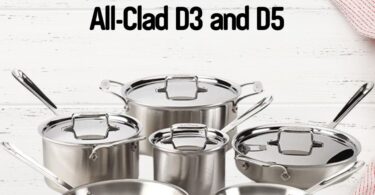
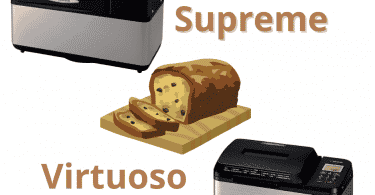

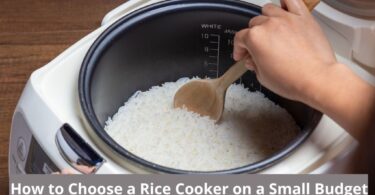
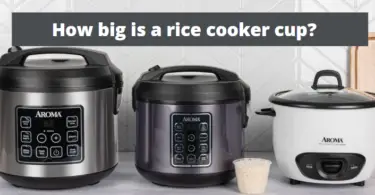
Leave a Comment